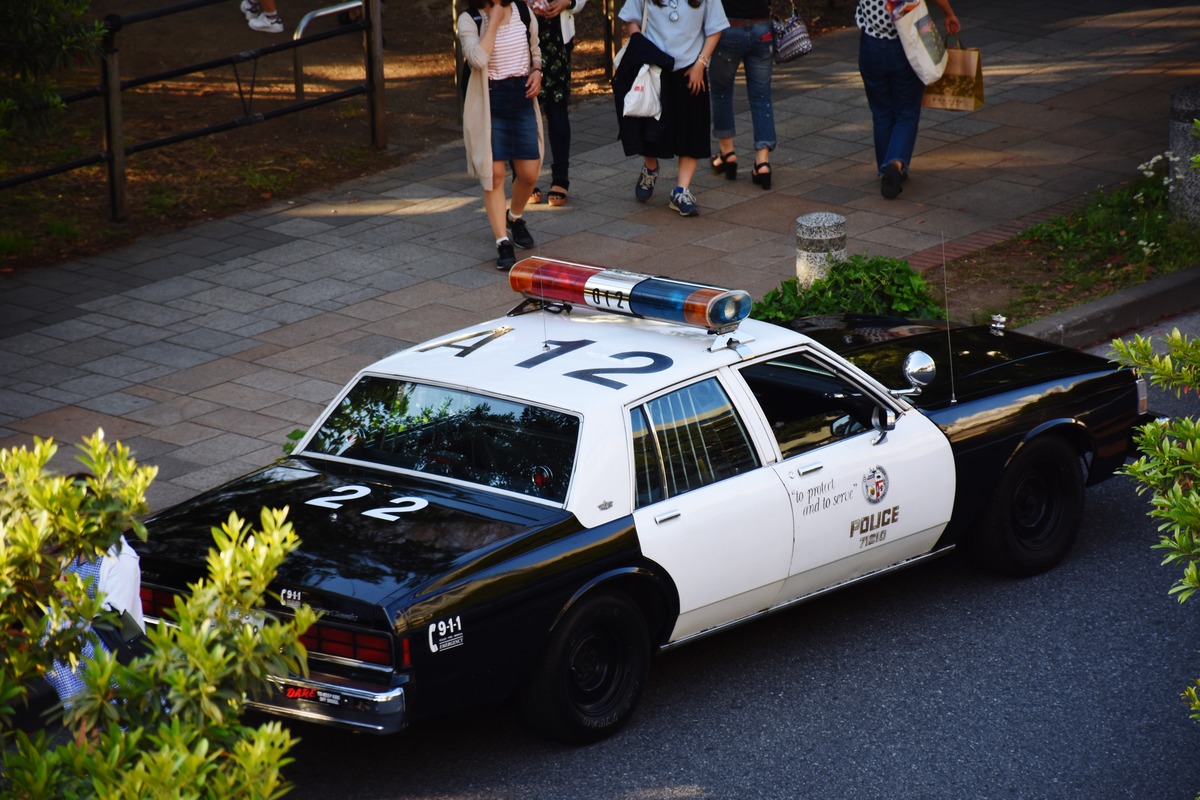License Plate Recognition (LPR): The Ultimate Guide to Vehicular Intelligence
PlateSmart’s deep dive into License Plate Recognition and its immense contribution to security agencies and businesses.
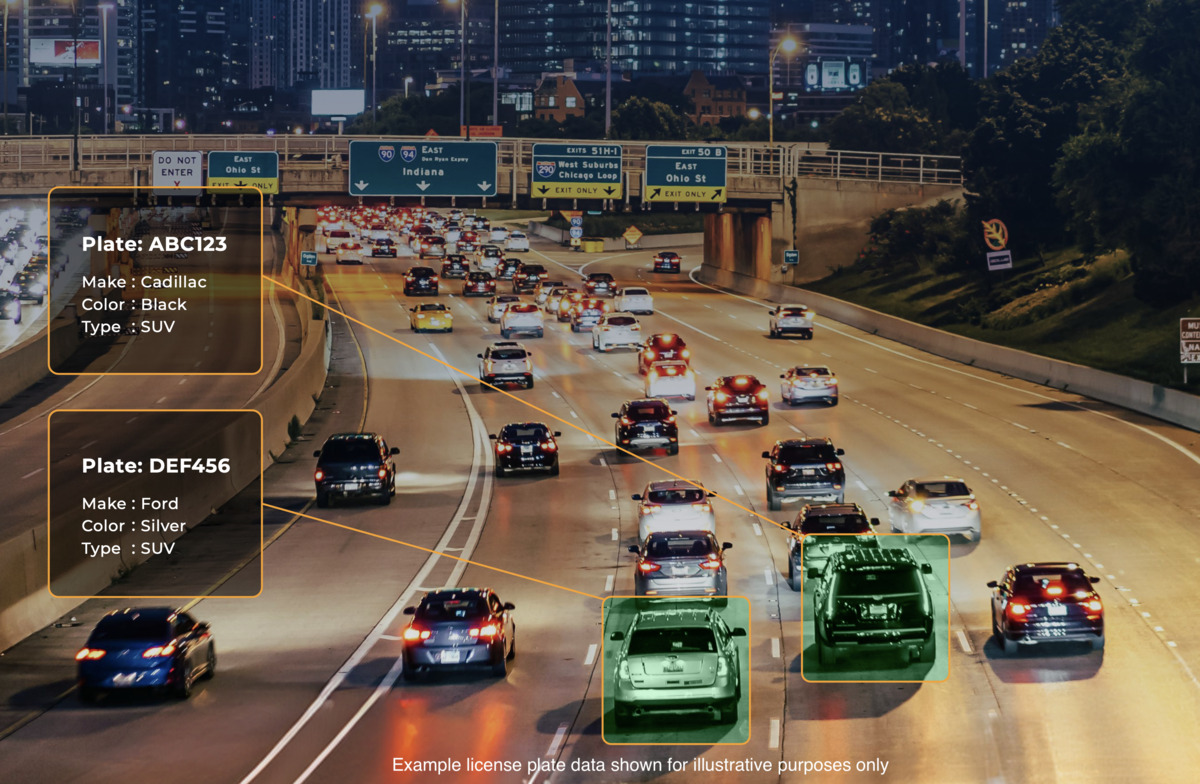
Have you ever found yourself sitting in traffic, staring at the back of a car, and wondering, "Who even remembers all these license plates?" Spoiler alert: not many people. But fear not, because in the world of License Plate Recognition, we’ve got a dream team that makes sure no plate goes unnoticed.
Meet our superstars: Larry the laser-focused analyzer, Paul the pattern recognition prodigy, and Rachel the relentless data cruncher. Together, they’ve turned spotting, scanning, and remembering every plate—clean, muddy, bent, or blinged out—into an art form.
So, let’s dive into the exciting world of LPR and see how our digital pals are making roads smarter and safer, one license plate at a time.
Introduction to License Plate Recognition Technology
Picture this: cars zooming past at breakneck speed while you’re trying to remember what you had for lunch yesterday. No chance, right? But for LPR, missing a license plate is like missing the last slice of pizza—unthinkable! LPR systems are designed to keep tabs on every vehicle that crosses their path, and with the help of our AI buddies, they’re more efficient than ever.
What to Expect from This Guide
Get ready for a whirlwind tour through the past, present, and future of LPR technology, also known as ANPR or Automatic Number-Plate Recognition. We’ll explore how license plate reader systems work, their benefits, and the many ways they’re revolutionizing industries.
From law enforcement to businesses and smart cities, LPR is making waves and leaving a trail of innovation in its wake. And with AI riding shotgun, the possibilities are endless. Buckle up!
Looking to elevate your security infrastructure with cutting-edge LPR solutions?
We are just a phone call away. Call us today at (813) 749-0892 for a free consultation.
1. What is License Plate Recognition?
Definition and Explanation of the Technology
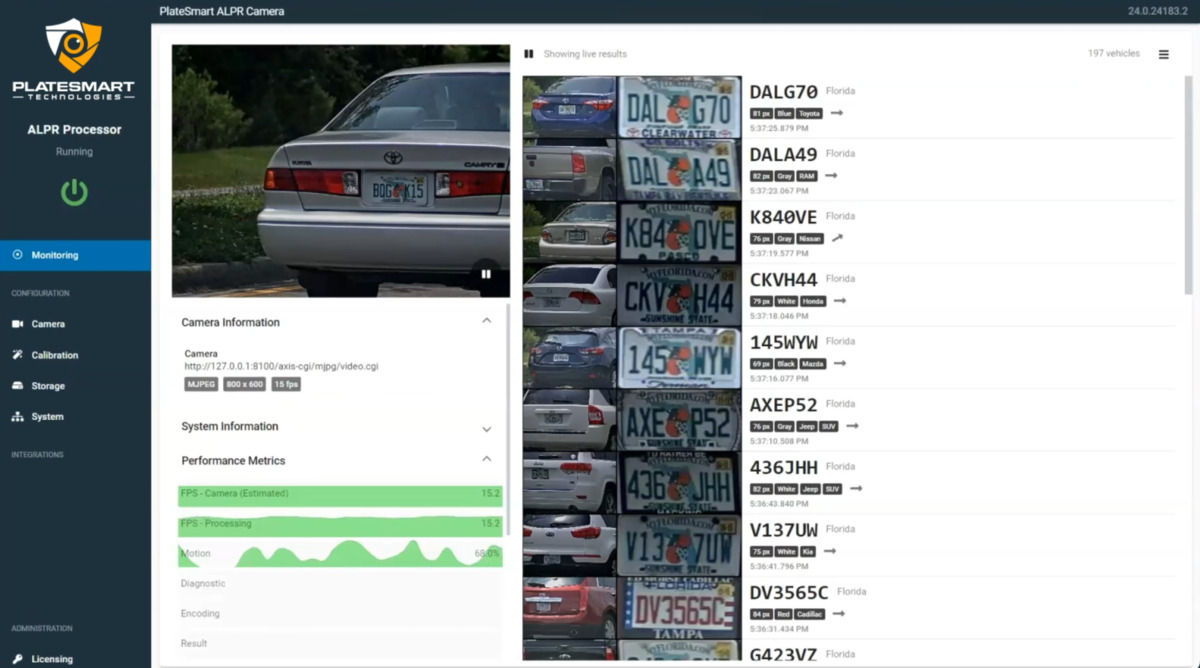
License Plate Recognition technology is like having a superhero with X-ray vision who can spot, read, and remember every license plate it sees. It’s a sophisticated system that uses cameras, software, and a sprinkle of AI magic to turn license plates into data gold.
The process involves capturing images of passing vehicles, detecting and recognizing license plates, and converting that information into machine-readable text.
Unlock the language of License Plate Recognition (LPR) with our latest guide!
From OCR to ITS, we decode 16 essential LPR terms to help you sound like a pro in any tech discussion.
A Brief History of LPR
Ah, the humble beginnings of LPR technology. It all started like a college freshman—full of potential but lacking finesse. In the early days, license plate readers relied on Optical Character Recognition (OCR) to read plates, which was great in theory but a bit clunky in practice.
Imagine trying to read a novel while riding a roller coaster—yep, not easy! Over time, countless algorithms, better cameras, and more computing power turned license plate readers into the savvy system we know today.
Major Milestones
- 1980s: Initial LPR Systems Emerge
First license plate reader systems demonstrated the basic potential of automated plate recognition despite being limited in accuracy and conditions. - 1990s: Algorithmic Improvements Enhance Reliability
Advances in image processing algorithms made automatic number-plate recognition systems more reliable, capable of handling diverse plate designs and varying conditions. - 2000s: Machine Learning Integration Boosts Adaptability
Incorporating machine learning significantly boosted adaptability, enabling systems to learn from data and improve recognition accuracy over time.PlateSmart was born in 2004 with the objective of helping law enforcement, initially leveraging OCR and Machine Learning. - 2010s: AI and Deep Learning Revolutionize LPR
The integration of AI and deep learning transformed LPR technology, allowing for real-time, high-accuracy plate recognition even in challenging environments. - 2020s: Edge Computing and Cloud Integration Enhance Efficiency
The rise of edge computing and cloud integration enhanced LPR's scalability and efficiency, enabling faster processing and sophisticated data analysis.
From its rough beginnings to today's advanced systems, automatic license plate recognition technology has evolved remarkably, continually pushing the boundaries of what's possible in automated vehicle recognition.
9 COMPELLING USE CASES FOR LICENSE PLATE RECOGNITION (LPR) TECHNOLOGY
Discover nine powerful use cases for LPR that enhance security, streamline operations, and improve customer service across industries.
2. How LPR Technology Works
The Basic Working Principles of Licence Plate Recognition Systems
Ever wondered how LPR systems can spot a license plate faster than you can say "LPR"? It’s all about teamwork and technology. Here’s how they do it:
- Image Acquisition: Cameras snap pictures of cars like paparazzi at a red carpet event. These high-speed snapshots capture all the juicy details, even when vehicles are zipping by at lightning speed.
- License Plate Detection: The system finds the license plate in the image, much like spotting Waldo in a crowd. It zeroes in on the plate, ignoring all the distractions around it.
- Character Segmentation: Once the plate is found, it’s time to split it up into individual characters. Imagine cutting a pizza into perfect slices—each character gets its moment in the spotlight.
- Character Recognition: OCR steps in to read the characters, transforming them from images into text. It’s like turning hieroglyphics into plain English.
- Data Storage and Analysis: All the captured data gets stored in a super-secret digital vault, ready for analysis and action.
3. Benefits of License Plate Recognition
Force Multiplier for Security Teams
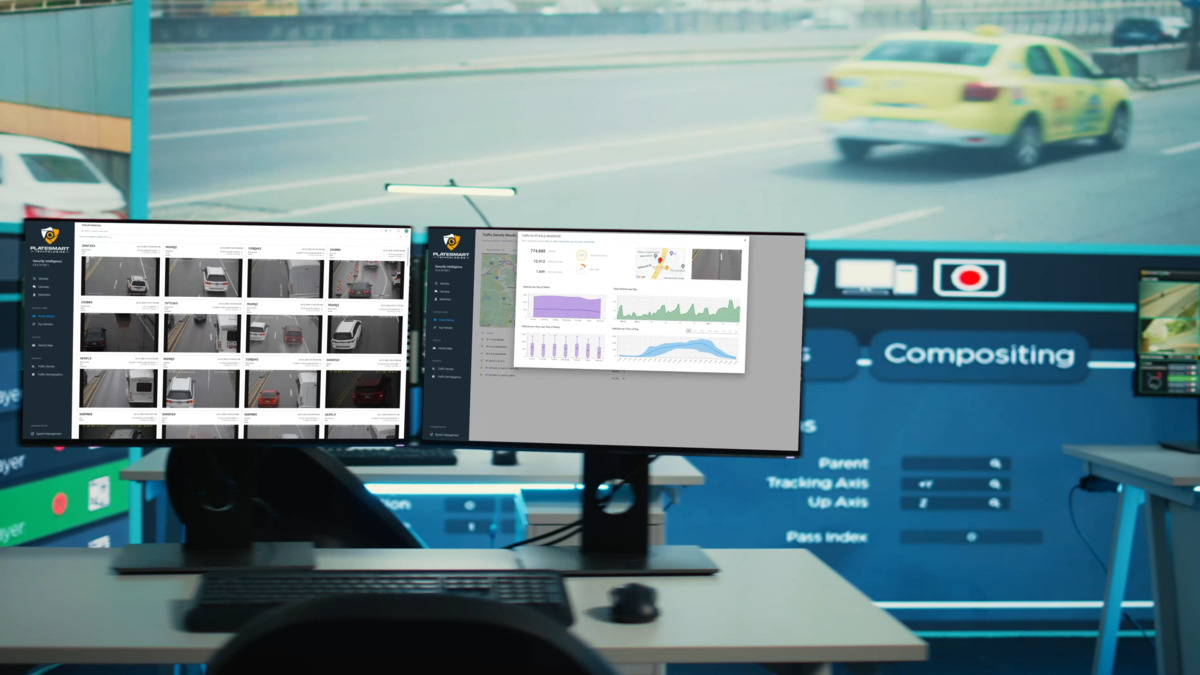
Imagine having a superpower that lets you see every car on the road and remember all the details. That’s what LPR does for security teams—it’s like having an extra set of eyes that rarely blink or miss a beat.
License Plate Recognition technology serves as a vital force multiplier for understaffed and underfunded law enforcement teams by automating vehicle monitoring and identification.
In regions where resources are scarce, LPR acts as an ever-alert team member, enabling officers to focus on more complex tasks by handling routine surveillance and data analysis. It’s like Batman having hundreds of Robins to patrol Gotham City!
LPR enhances response capabilities by integrating with other technologies, improving vehicle recovery rates and public safety. This allows law enforcement agencies to optimize their operations and effectiveness without requiring significant additional resources, transforming how police departments function.
Automation of Data Collection
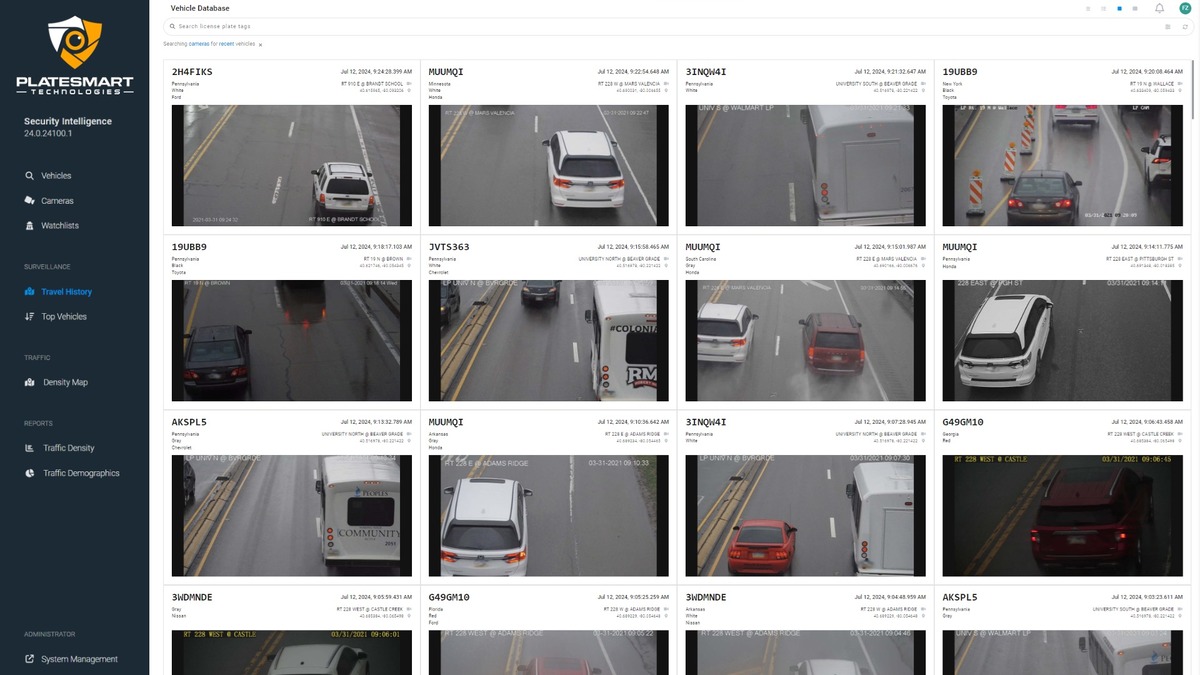
Gone are the days of jotting down plate numbers with a pen and paper. Automatic Number-Plate Recognition automates data collection, freeing up humans to focus on more exciting tasks (like figuring out where to order lunch).
So, when policemen are busy chasing criminals, preparing a murder investigation strategy, and even getting their much-needed shut-eye, the data collection continues without missing a beat.
It is like having Larry, Paul, and Rachel join your law enforcement team, each with their own superpower. Larry never sleeps, tirelessly scanning and remembering every car on the road, while Paul analyzes patterns faster than a detective on caffeine. Rachel crunches data with the efficiency of a mathematician on speed dial.
This crunched data is invaluable in swiftly bringing criminals to justice and saving lives.
Accuracy and Consistency of Data
When security agencies and businesses adopt LPR technology, accuracy and consistency of data aren’t just preferred attributes; they are absolutely essential.
A good LPR system is like a well-oiled machine, churning out data with precision that would indeed make a Swiss watchmaker turn green with envy. Come rain, shine, or the occasional snowstorm, the system won't just perform; it will excel.
Imagine trying to spot the difference between a 'B' and an '8' on a muddy license plate while squinting through a downpour—sounds tough, right? Well, LPR tackles this with remarkable adeptness. This reliability ensures that whether you're tracking down a stolen car or managing city-wide traffic, the data you get is robust and dependable.
So, next time you're relying on LPR data, rest easy knowing it's as reliable as the ticking of a finely crafted Swiss watch. Just make sure you invest in the right LPR partner!
High Performance Even in Unfavorable Conditions
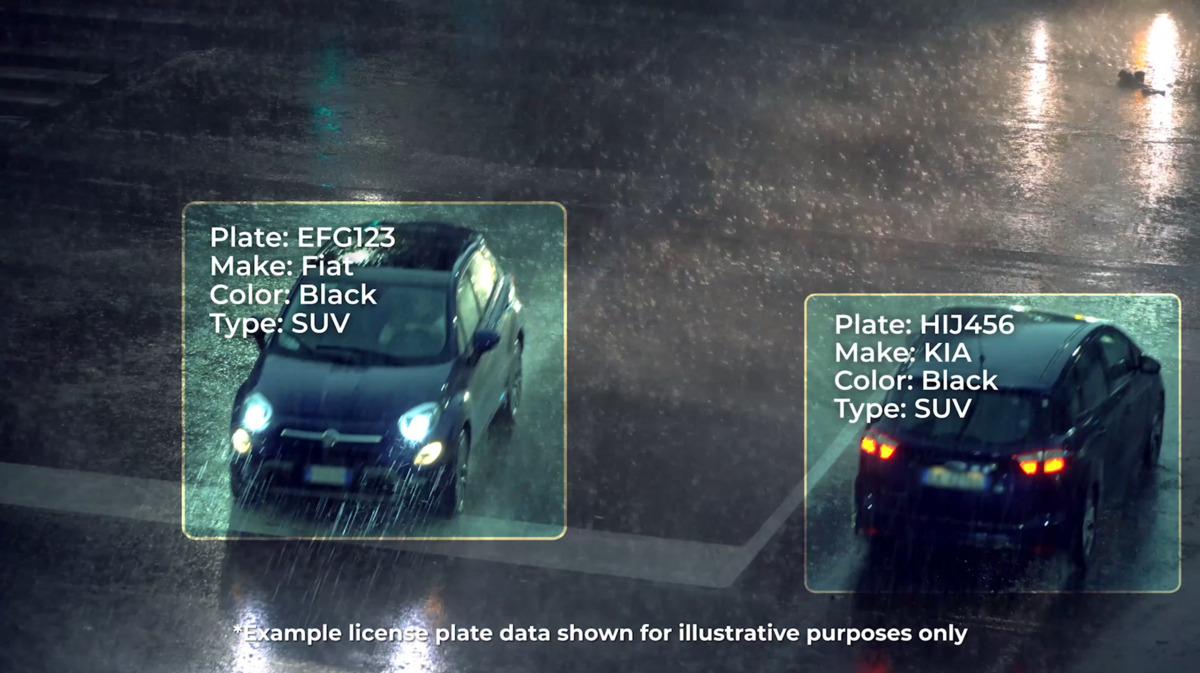
LPR systems, backed by Paul's sharp pattern recognition, act like ever-alert watchers come rain or shine. They capture license plates with the precision of a hawk eyeing its next meal. Even when the weather doesn’t cooperate—whether it's a gusty day or a downpour—LPR systems maintain their ground like a stoic hero in a disaster flick, and manage to perform commendably.
LPR systems don’t have a magical shield against bad weather, but their resilience in less-than-ideal conditions is noteworthy. And thanks to their infrared illumination and sharp image processing skills, they can capture vehicle data in the trickiest of conditions.
Advanced Analytics
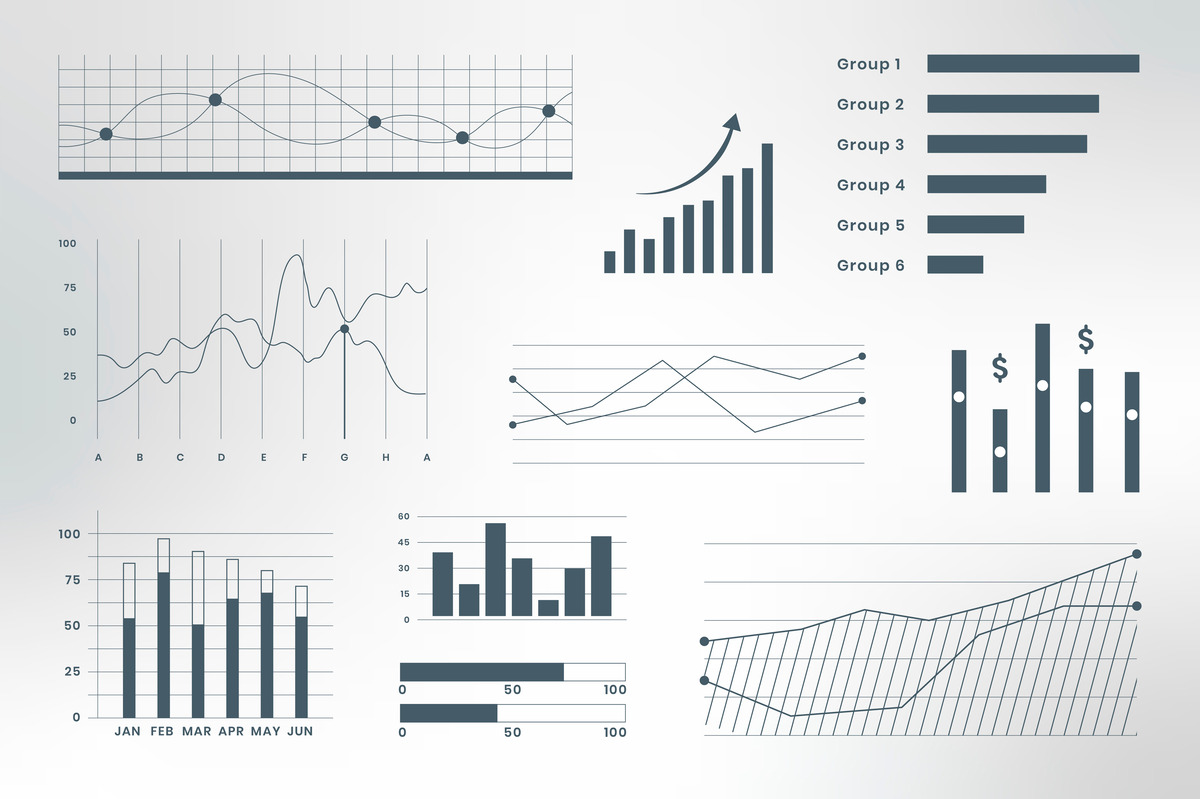
LPR data isn't just a collection of numbers and letters; it's a veritable treasure trove ripe for exploration. With Rachel's relentless data-crunching prowess, this robust tool does more than just track vehicles; it reveals complex traffic patterns, identifies potential security threats, and helps businesses serve their customers better.
Imagine being able to spot a recurring pattern and automatically identify it as suspicious behavior, much like Sherlock Holmes deducing the motive behind a mysterious occurrence, or being able to predict traffic bottlenecks before they occur—this is the kind of cutting-edge oversight that turns routine data into actionable intelligence.
With this level of insight, organizations aren't just reacting to events; they're staying two steps ahead, making informed, strategic decisions that optimize operations and enhance safety. Rachel ensures that the data is not only interpreted accurately but also transformed into a strategic asset that keeps organizations well-prepared and proactive.
4. Applications of LPR Technology
License Plate Recognition (LPR) technology is reshaping how we manage and secure our environments, from bustling city streets to quiet suburban neighborhoods.
This versatile tool has a myriad of applications that extend beyond simple vehicle tracking, offering transformative solutions for law enforcement, city planners, businesses and beyond. Let's explore some of the most impactful ways LPR technology is being put to use today.
A) Applications In Law Enforcement
Crime Prevention
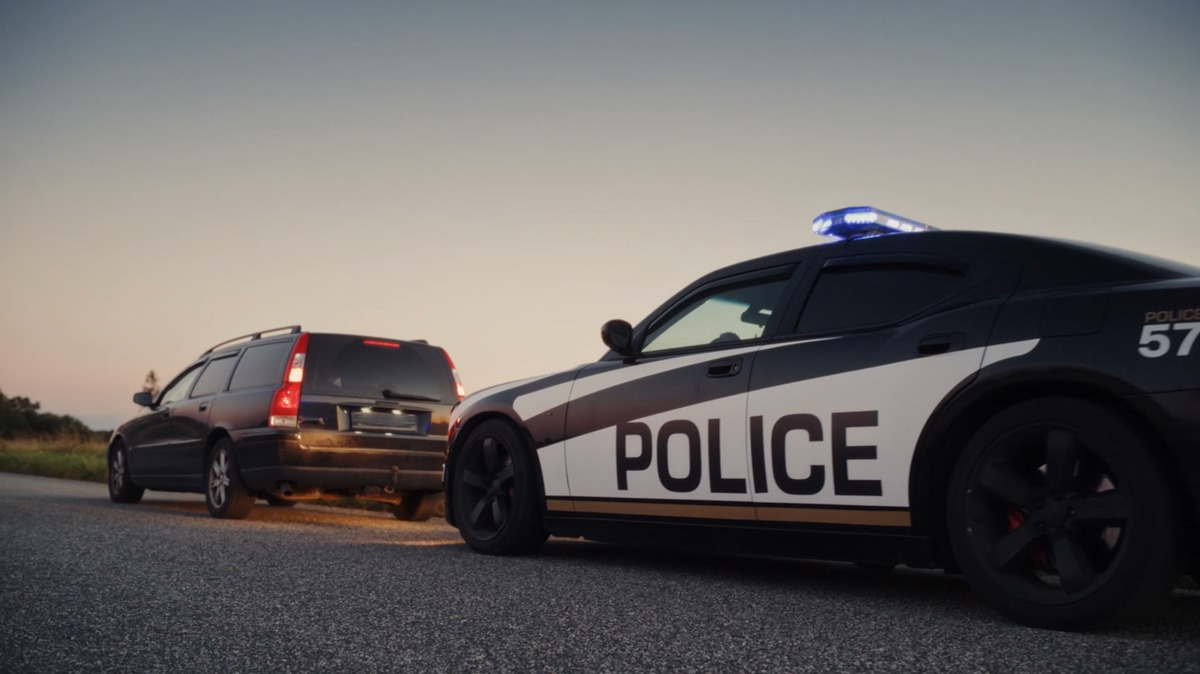
In the realm of crime prevention, LPR technology acts like an ever-alert neighborhood watch that never sleeps. With the help of Paul's pattern recognition prowess, LPR systems automatically scan and log every license plate that passes, playing a crucial role in helping law enforcement keep tabs on suspicious activities.
For instance, when a vehicle associated with a crime zips unsuspectingly past an LPR camera, it leaves behind a digital breadcrumb trail that can be crucial for cracking the case. This not only helps in recovering stolen vehicles but also in thwarting more elaborate criminal schemes.
The presence of LPR systems also acts as a powerful deterrent, discouraging would-be offenders who know their vehicle can be easily tracked. Essentially, LPR is the silent sentinel in the fight against crime, tirelessly working to ensure the bad guys don’t get a free pass.
Faster Solving of Crimes

License Plate Recognition (LPR) technology is like having a high-speed detective on the case, accelerating the resolution of crimes with the help of Rachel’s data analysis capabilities. When a crime occurs, time is of the essence, and LPR systems provide a fast track to clues that might take human officers days to compile.
With real-time data and rapid analysis, LPR systems provide crucial leads and insights, fast turning what used to be a tedious search into a rapid reveal. This not only speeds up investigations but also increases the chances of catching perpetrators before they can vanish into thin air.
It’s like turning on the fast-forward button on crime-solving, making slow-paced investigations a thing of the past.
THE POWER OF LPR: 4 REAL WORLD USE CASES IN LAW ENFORCEMENT
Learn how LPR is transforming law enforcement, from catching organized criminals like the Felony Lane Gang to detecting plate swapping and vehicle convoys.
Anti-Terrorism

LPR technology is a quiet but formidable ally in the fight against terrorism, much like an unsung hero in an epic blockbuster. By monitoring and recording vehicle movements, LPR systems can help security agencies detect patterns or suspicious activities linked to terrorist operations.
This proactive surveillance acts as an early warning system, allowing security forces to intervene before threats escalate, helping them protect communities, businesses, and critical infrastructure. It’s like having a guardian angel with a keen eye for license plates, making sure that safety isn’t left to chance.
Collection of Evidence
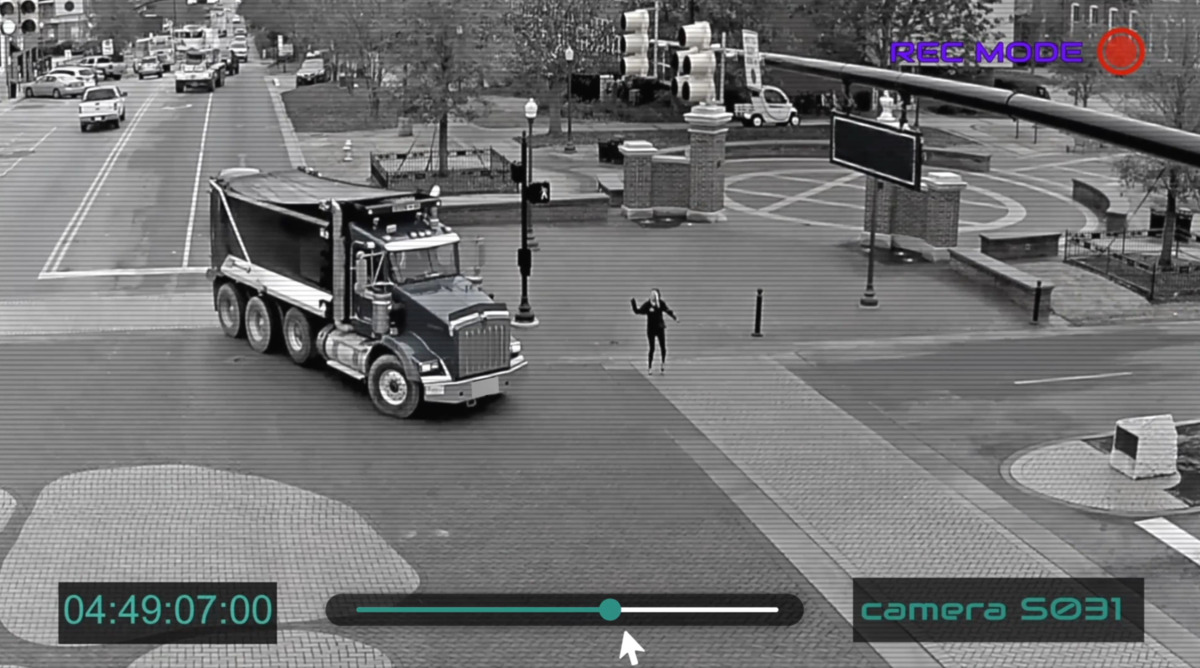
LPR technology doesn’t just detect trouble; it meticulously records it, crafting a detailed digital diary. When a crime is committed, the precision of LPR systems in capturing vehicle details provides invaluable evidence for law enforcement.
This digital logbook, brimming with timestamps and plate numbers, can become a cornerstone in court, helping to construct narratives that might otherwise rely on unreliable witness testimony. Like a well-edited documentary, LPR data provides a factual basis that can help establish timelines and verify alibis, proving that sometimes, the best witness is the one that never blinks—an unerring eye in the sky.
Looking to elevate your security infrastructure with cutting-edge LPR solutions?
We are just a phone call away. Call us today at (813) 749-0892 for a free consultation.
B) Applications In Businesses
Perimeter Security for Facilities and Installations
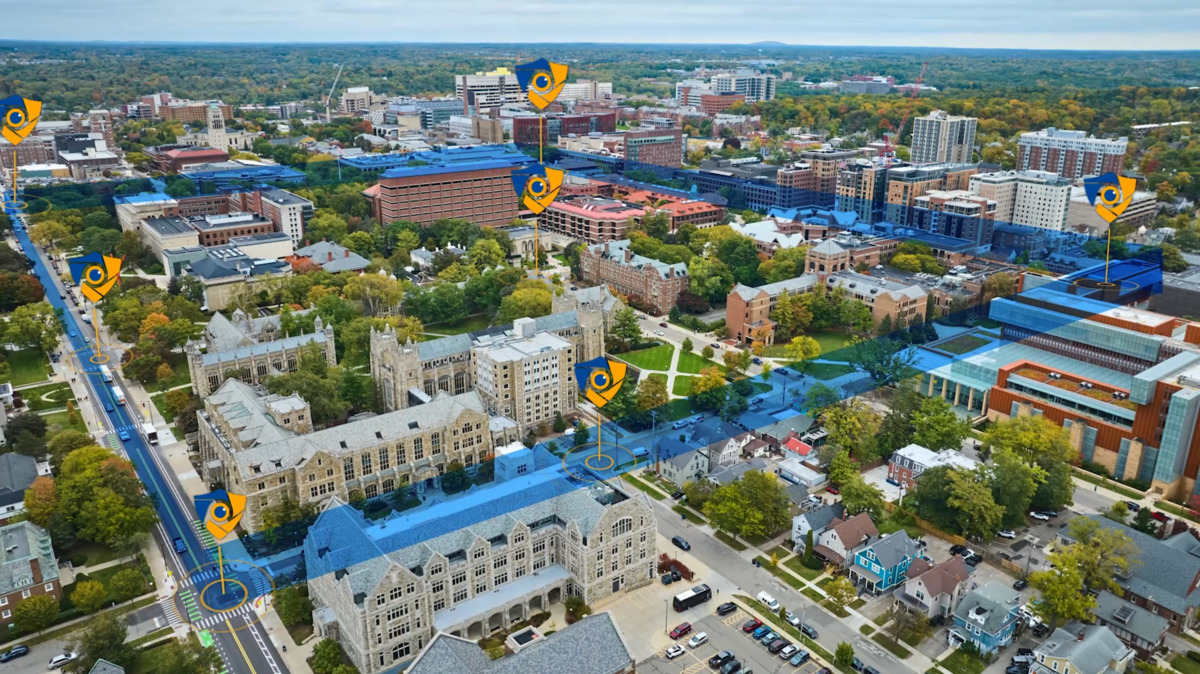
LPR technology is an essential component of modern perimeter security, acting as an efficient gatekeeper for sensitive facilities. It provides a sophisticated layer of defense that can be used to allow entry to pre-approved vehicles or to deny entry to specific unwanted ones that have been flagged as potential threats.
This system not only fortifies security but also streamlines access, ensuring that operations within the premises continue smoothly without the risk of intrusion. It’s like having a discerning bouncer for cars, ensuring that only the right guests make it to the party.
Cost Savings and Operational Efficiency
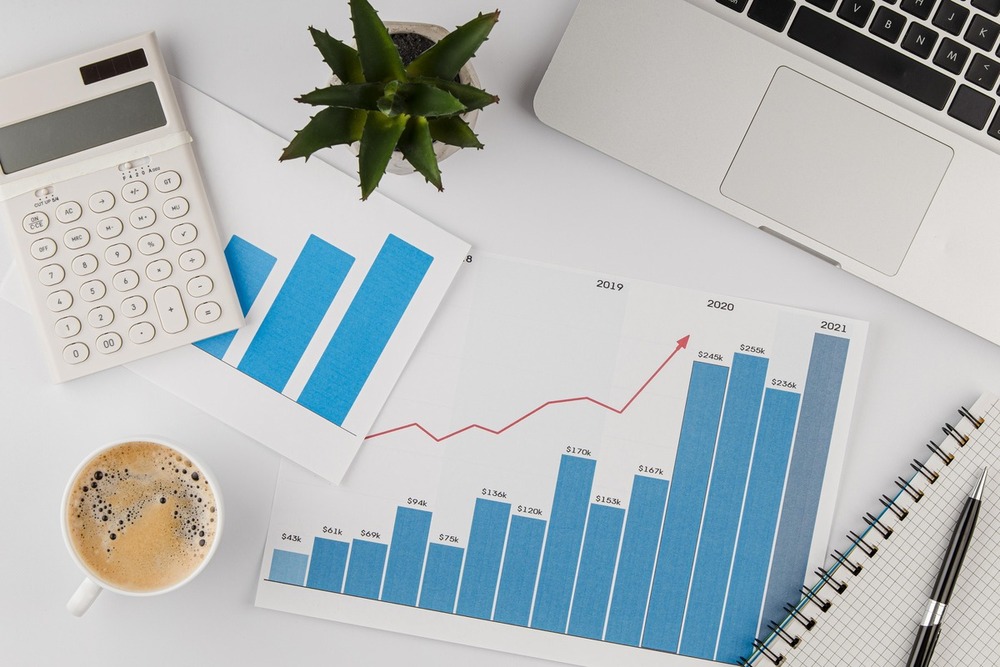
LPR technology streamlines operations in a way that would make any business smile at their bottom line. For example, by automating vehicle entry and exit processes, businesses can reduce manpower costs and eliminate bottlenecks, ensuring smoother operations.
Car rental companies are turning to PlateSmart not just to keep the wheels spinning but to transform their fleets into a symphony of efficiency that maximises billable time for every vehicle. Rachel, our data specialist, ensures that every minute is accounted for, making "operational delays" a term as outdated as flip phones.
Drive-through restaurants are also getting a slice of the action. With PlateSmart, they're not just serving food; they're serving up a personalized experience. Imagine pulling up to the order window and being greeted with your favorite meal deal before you can even say "Hello." This helps them improve throughput while also delighting their customers.
Choose the right LPR partner opens up a world of limitless possibilities. With PlateSmart, you get Larry, Paul and Rachel in your corner to help you revolutionize your approach to vehicular data.
Enhanced Customer Service
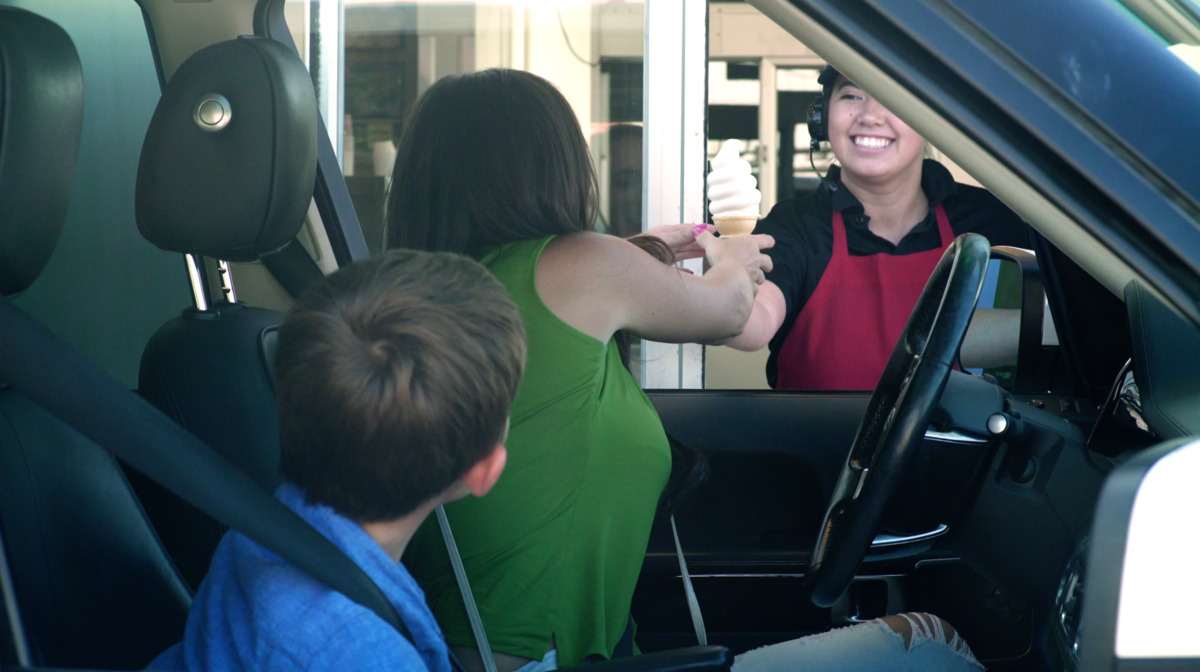
LPR technology can be leveraged to transform customer service into a swift, personalized and unforgettable experience. Imagine pulling into a hotel and being greeted by name because the LPR system recognized your plate, thanks to Larry’s laser-focused data capture, and pulled up your reservation.
This kind of tailored service not only saves time but enhances customer satisfaction, making every welcome feel a little more special. Take casinos, for example. They're using PlateSmart not just to spot high rollers the moment their tires hit the driveway, but to also roll out the red carpet by dispatching a concierge to provide these guests a truly VIP welcome.
Like a favorite barista who remembers your order, Paul's pattern recognition skills help you convert routine interactions into standout moments, helping you make true connections with your customers.
Parking Management

Gone are the days of circling the lot for a spot. LPR technology revolutionizes parking management by tracking the flow of vehicles, identifying available spaces, and even directing drivers to open spots.
For parking lots and garages, this means less congestion and a more streamlined experience for users. It’s like having a personal parking assistant for every driver, ensuring they find a spot without the headache.
Parking lot owners can also analyze their traffic flows to plan their capacities better and optimize return on investment.
C) In City Councils and Other Public Entities
Improved Traffic Management
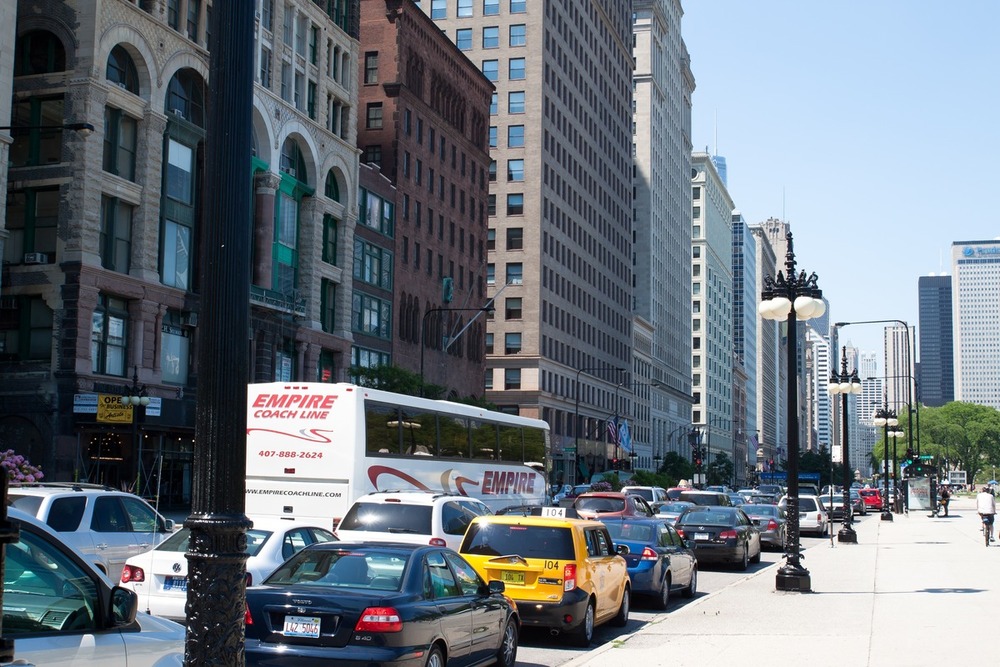
LPR technology is the unsung hero of traffic management, giving city councils the power to monitor and control the flow of vehicles with precision. By analyzing traffic data, LPR helps optimize traffic light timing and reduce congestion, much like a conductor orchestrating a symphony of cars.
This ensures smoother commutes and less honking, making rush hour slightly more bearable for everyone involved. It's like having an invisible traffic cop who's always on duty, quietly making sure the roads are less chaotic.
Infrastructure Planning
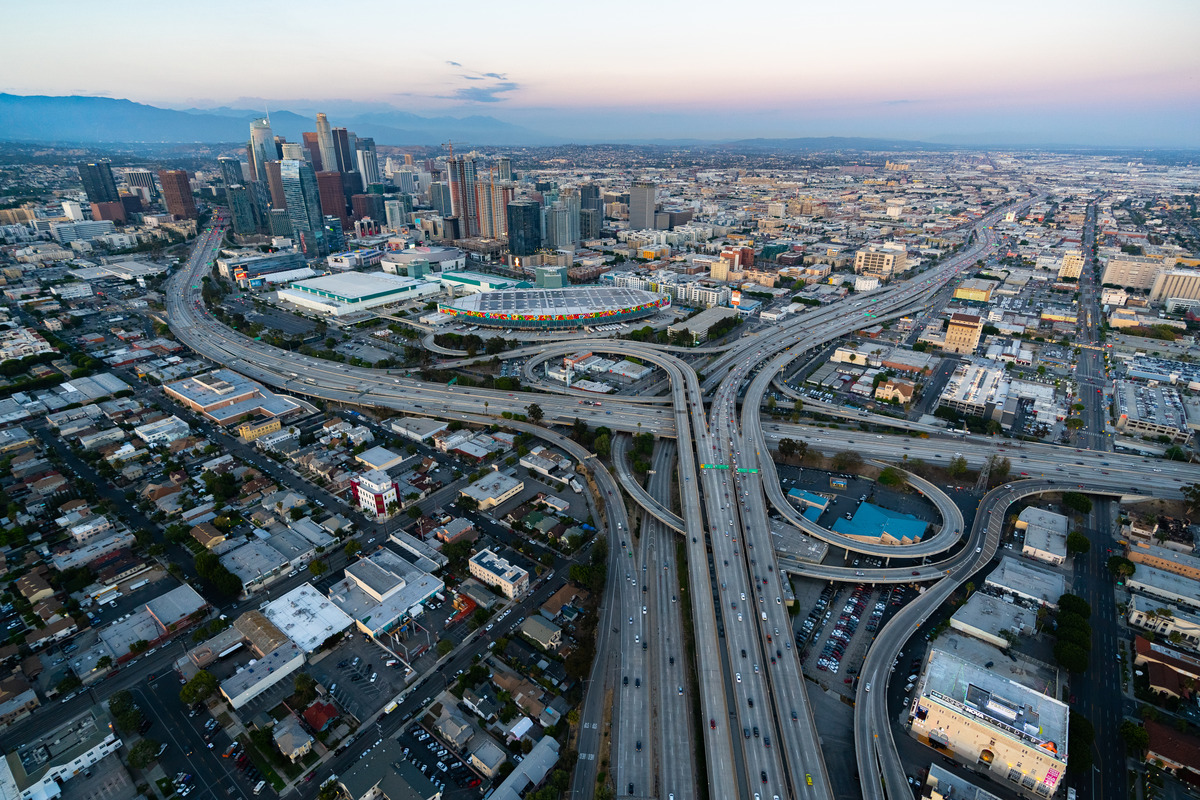
To city planners, LPR data is as valuable as an insider's tip in real estate. With Paul’s pattern recognition skills, it offers deep insights into vehicle flow and peak usage, empowering urban planners to craft the cities of tomorrow. Whether it's plotting a new boulevard or reinforcing an aging overpass, this data acts as a proactive tool, enabling well-timed developments that anticipate the future rather than react to it.
Equipped with LPR technology, planners gain the foresight to avoid future traffic snarls, essentially acting on predictions that ensure urban growth is both strategic and sustainable.
Improved Toll Collection
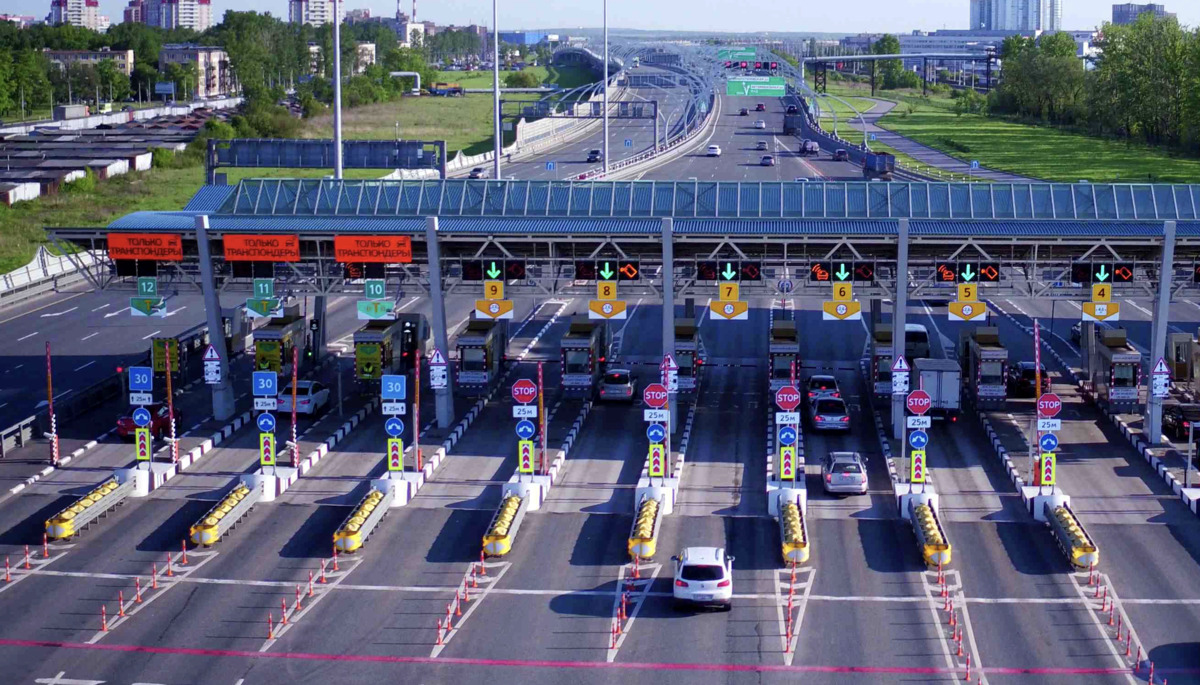
Imagine breezing through toll booths without ever rolling down your window. LPR technology has revamped toll collection, making it as seamless as online shopping. Automatic fee processing as vehicles zip through checkpoints not only accelerates traffic flow but also tightens revenue collection, ensuring no coin is left uncounted.
This modernization benefits everyone: drivers experience less disruption and faster travel, while city councils enjoy a boost in efficiency and financial gains. It’s like having an express lane at every toll booth, where the only stop is for a quick espresso shot or a sandwich!
5. Integration with Other Technologies
LPR and Artificial Intelligence (AI)
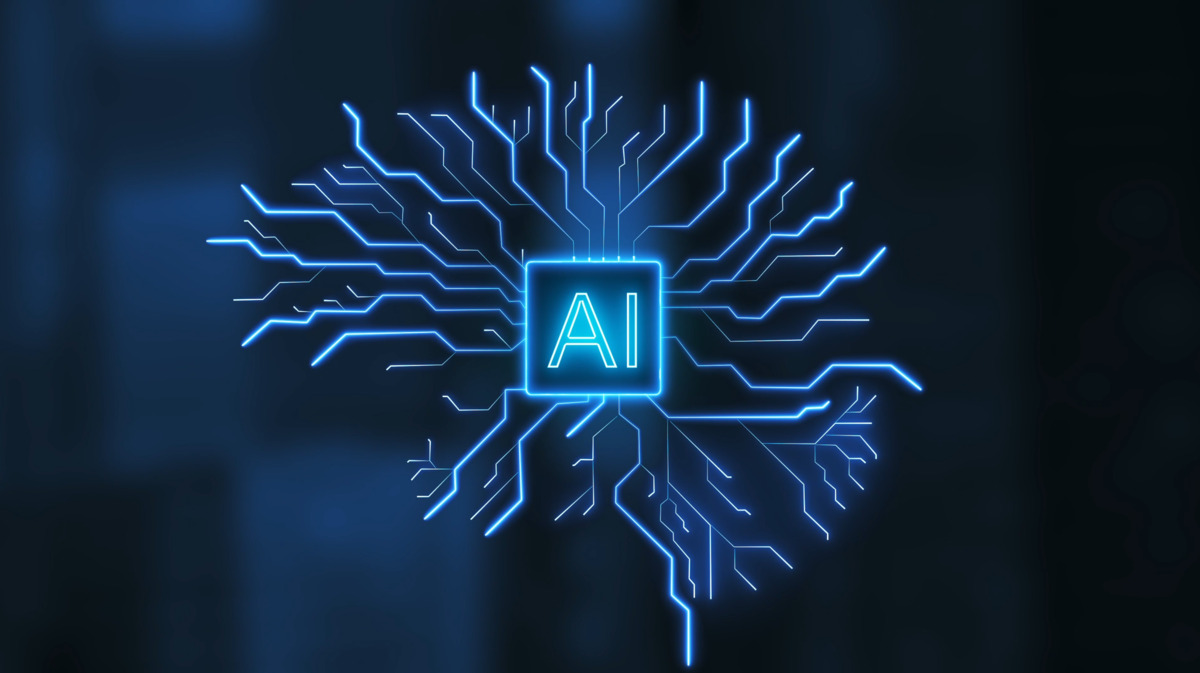
AI is the secret sauce that elevates LPR technology to blockbuster status—smarter, faster, and sharper than ever. When LPR collaborates with AI, it's like turning a supercomputer into a master detective like Sherlock Holmes.
With Larry's expertise in analyzing minute details, AI boosts LPR's capabilities to decipher complex patterns and make split-second decisions, transforming streams of vehicle data into a narrative of actionable intelligence.
This dynamic duo excels in precision and speed, turning the art of surveillance into a scene of predictive analytics that continuously adapts and evolves. With LPR and AI together, it's not just observation; it's about gaining deep learning insights from every scan.
Eyes on the Road: How AI is Making LPR Even Smarter
Learn about the future of AI-driven License Plate Recognition systems and their limitless potential.
LPR and Internet of Things (IoT) Devices
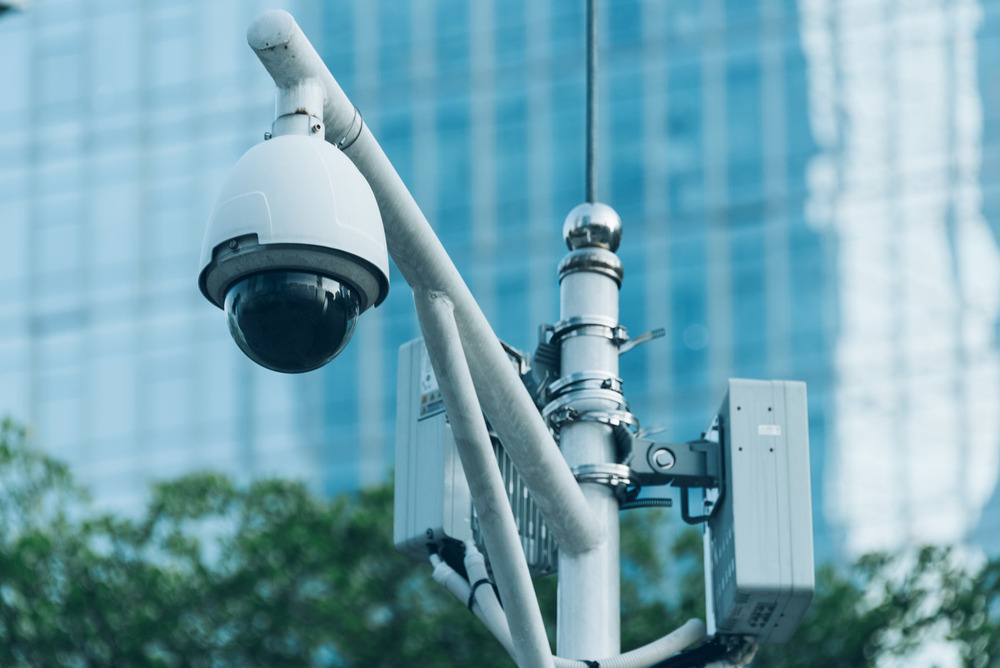
As part of the IoT revolution, license plate reader systems are becoming conductors of an orchestra where every device plays its part harmoniously. Integrating license plate readers with IoT devices transforms them into a network of interconnected information hubs. This setup enables seamless communication of data across platforms, enhancing the symphony of urban management.
Paul, with his pattern recognition skills, ensures that each note strikes at the right moment, enhancing the overall functionality from smart traffic lights to smart security systems. This interconnected ensemble works in concert to fine-tune urban efficiency, showcasing a performance that's as synchronized as the internet of everything.
LPR and Access Control

LPR as a part of access control systems is like having an exclusive VIP list at every entry point. By automatically verifying license plates against a database of authorized vehicles, LPR ensures only approved guests gain entry.
This setup not only bolsters security but also speeds up entry processes, cutting down queues and eliminating the need for manual checks. It's like rolling out a red carpet for every authorized vehicle, making entries as smooth as a well-rehearsed Broadway show.
With just a small investment, companies can convert a mundane activity like arriving for work into a beautiful experience for their employees, making them feel special.
LPR and Facial Recognition
Pairing LPR with facial recognition takes security to the next level, providing comprehensive identification and monitoring capabilities.
While LPR checks the vehicle, facial recognition simultaneously verifies the driver, ensuring the person behind the wheel matches the vehicle’s registered owner.
This dynamic duo works together to prevent fraud and unauthorized access, turning every checkpoint into a highly effective security gate. It’s a powerful combo, much like Holmes and Watson, that ensures no detail is too small to notice.
LPR and Smart City Infrastructure
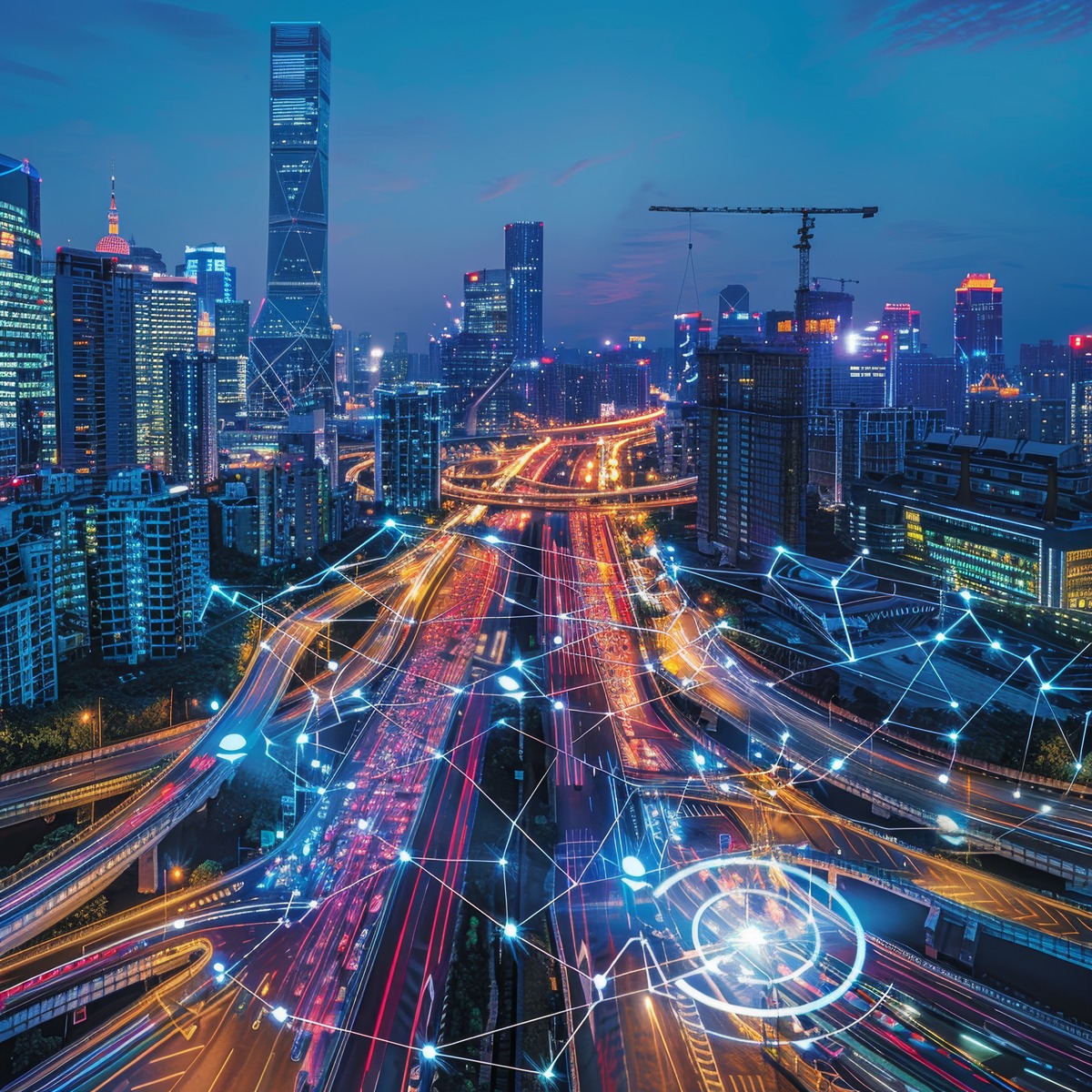
When woven into the fabric of smart city infrastructure, LPR becomes more than a technology—it becomes a cornerstone of urban efficiency. Working in sync with other technologies, it helps manage traffic flow, monitor public spaces, and enhance safety, ensuring the city operates like a well-oiled machine.
Imagine a future where traffic jams and security breaches are as outdated as dial-up internet, thanks to the smart application of LPR technology.
6. Challenges and Limitations of LPR
Environmental Challenges

Even superheroes have their kryptonite, and for automatic number-plate recognition systems, it’s not green glowing rocks but the whims of Mother Nature herself. Rain, snow, fog, and even low light conditions can obscure views and confuse the system, turning it into an old man trying to read fine print without his glasses.
These environmental hurdles can affect the accuracy of plate recognition, challenging the technology to maintain its composure and effectiveness regardless of Mother Nature’s mood swings.
Hence make sure you invest in an LPR technology that has been tried and tested over decades, in a wide range of use cases, and across numerous geographies and the accompanying weather conditions.
PlateSmart’s tech has been battle-tested across the globe over the past 20+ years. Our license plate recognition systems, guided by Larry’s eagle-eyed vigilance, are ready to face off with any meteorological mischief.
Maintenance and Upkeep of Hardware

Like any high-tech gadget, licence plate recognition systems need regular tune-ups to stay in top form. Cameras can get dirty, and components may wear out, especially when they're exposed to the elements 24/7.
Rain or gusty winds can nudge a camera off its designated angle, turning a perfectly positioned lens into a futile watcher of squirrels playing in the grass, missing the crucial license plate action only a few feet away.
Regular maintenance is crucial but can be as bothersome as convincing a toddler to eat their veggies. Neglecting this can lead to degraded performance.
If you don’t want to star in your own version of “The lens that lost focus”, make regular check-ups as essential as the morning coffee run.
Constant Improvement in Software
In the fast-paced world of technology, staying ahead means constant improvement. Licence plate recognition software needs regular updates and enhancements to keep pace with new challenges and evolving technologies. It's a never-ending race, that’s about staying as current as the latest viral dance craze, ensuring LPR can jive with the times.
This ongoing need for enhancement ensures license plate readers can handle new plate designs, diverse operational demands, and integration with new technologies.
PlateSmart is a software-only LPR player, laser-focused on developing top-tier technology, giving you the freedom to pair it with suitable hardware from multiple suppliers to perfectly match your specific needs.
Technical Challenges in Image Recognition
The core of LPR technology faces its own hurdles, mainly in the realm of image recognition. Decoding a dirty or damaged plate in varying lights and angles create complex scenarios for recognition algorithms. It's akin to playing a high-stakes game of 'I Spy,' where missing a single clue can throw off the entire investigation.
LPR systems that effectively use Artificial Intelligence and Machine Learning are well equipped to tackle even the toughest challenges. They turn potential visual puzzles into clear, actionable data, ensuring each plate gets read, no matter how craftily it tries to blend into the background.
Privacy and Data Security Concerns

With great data comes great responsibility. LPR systems collect a significant amount of information, which raises concerns about privacy and data security.
It's like having a diary that everyone wants to peek into. Safeguarding this information is crucial to maintaining public trust and compliance with privacy laws.
Invest in an LPR system that has implemented robust data encryption and access controls to protect their clients’ data.
Legal and Regulatory Considerations
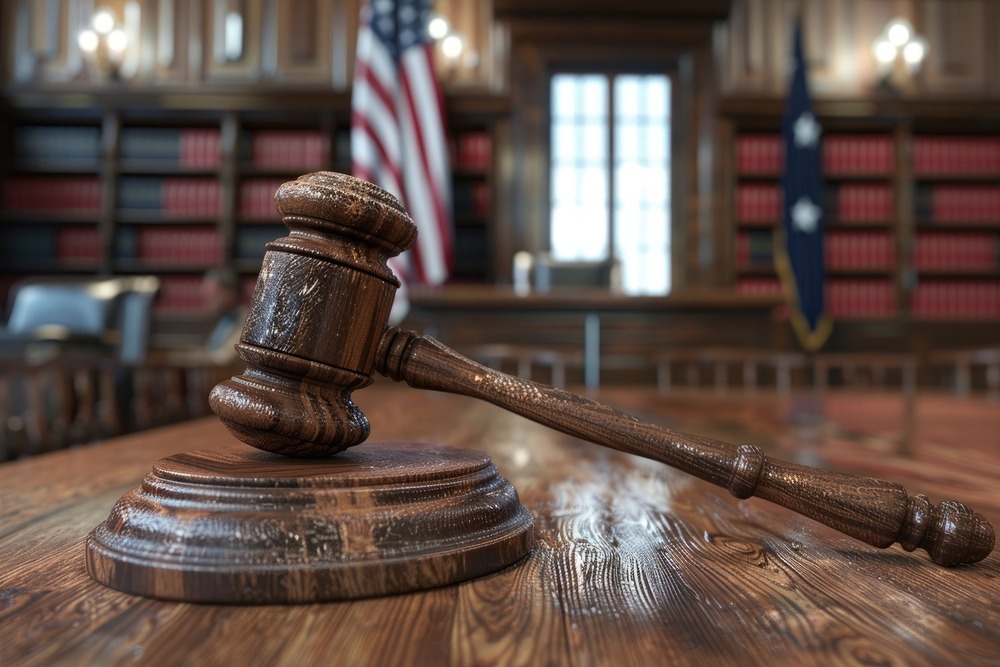
Navigating the labyrinth of legal and regulatory frameworks is as thrilling as a legal drama but with higher stakes. It’s a balancing act that requires vigilance and care.
Different jurisdictions have varying laws regarding surveillance and data collection, requiring LPR operators to stay as agile and informed as a lawyer in a courtroom. Staying compliant isn’t just about dodging fines; it’s about respecting and protecting individual privacy.
Keeping on the right side of the law requires agility and informed decision-making, ensuring our LPR technology remains as reputable as it is effective.
Looking to elevate your security infrastructure with cutting-edge LPR solutions?
We are just a phone call away. Call us today at (813) 749-0892 for a free consultation.
7. Future Trends in LPR Technology
Integration with Video
The future of LPR is all about video integration, providing additional context and data for analysis. It’s like having a live stream of the action, where every frame is a potential clue.
With the integration of video, Larry's laser-focused analysis gains an extra dimension, turning every pixel into a potentially crucial piece of the puzzle. This not only enhances the visual confirmation of incidents but also enriches the data collected, allowing for comprehensive scene analysis, better situational awareness and more informed decision-making.
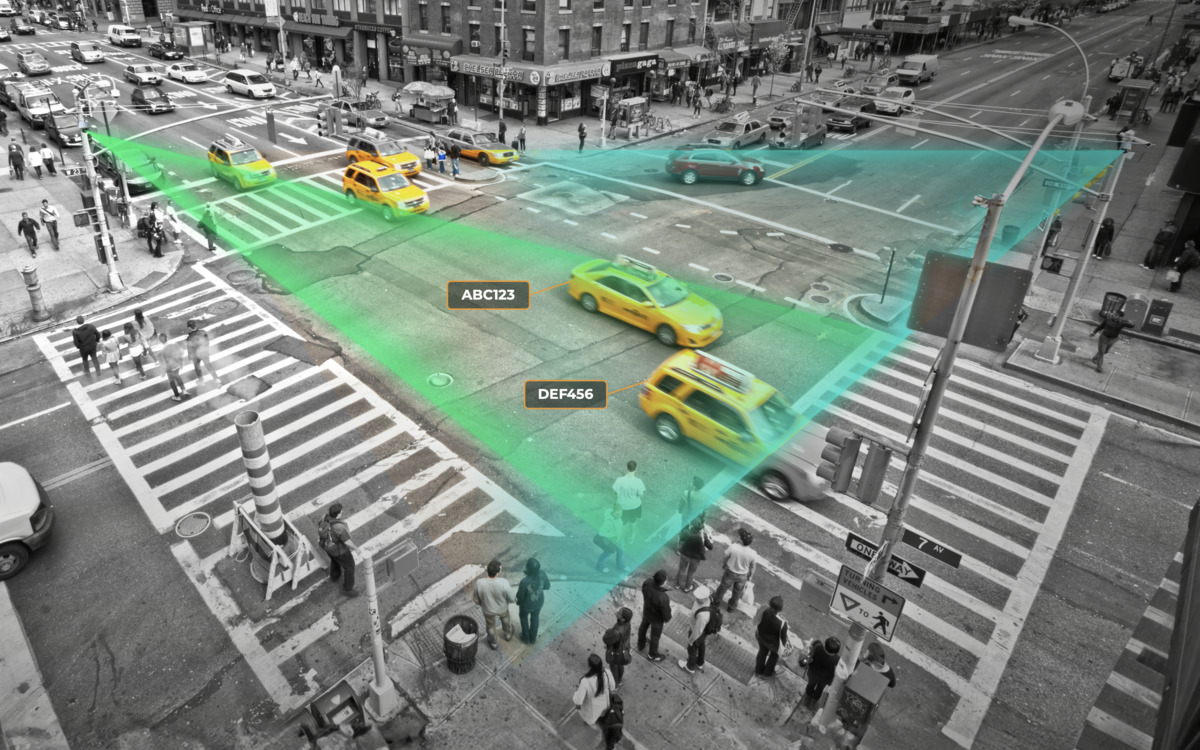
PlateSmart has made a game-changing foray into video with it’s new product, PlateSmart Vision, that combines the proof of video with the power of license plate recognition. When paired with PlateSmart’s flagship product, ARES, Vision enriches LPR results with relevant video feeds at the click of a button.
AI Advancements

AI in LPR is advancing faster than a teenager’s social media feed, setting the stage for a revolution in how we monitor and manage vehicular movement.
With Paul's pattern recognition skills at the helm, LPR systems are getting sharper, faster, and more accurate, capable of recognizing plates from rapidly moving vehicles or obscured views with unparalleled precision.
Imagine AI so adept that it can differentiate between similar-looking plates across different states or countries, or adapt instantly to new plate formats introduced by the DMV as swiftly as a tech-savvy hacker bypasses a firewall.
Future AI developments may also enhance LPR's ability to work in sync with other AI-driven security systems, creating a cohesive network that ensures tighter security and smoother traffic flow.
This ongoing integration of AI promises not only smarter LPR systems but also more robust and predictive capabilities, effectively transforming passive monitoring into proactive security and management solutions.
Increased Integration with IoT

The horizon for Licence Plate Recognition technology includes a deeper integration with the Internet of Things (IoT), promising a vastly interconnected ecosystem where data flows seamlessly between devices and systems. With this, every sensor and camera becomes a node in an extensive network, where data flows as freely as gossip in a barber shop..
This integration promises a mesh of interconnected data points, offering a richer, more detailed picture of vehicular movement and management. With LPR and IoT joining forces, even streetlights get in on the action, turning every corner into a neighborhood watch program that knows who's coming and going.
This not only enhances efficiency and security in urban settings but also paves the way for future innovations that could redefine urban mobility and infrastructure management.
Edge Computing
Edge computing is set to turbocharge Licence Plate Recognition technology by processing data where it's collected—at the edge of the network, right by the cameras. This shift reduces the latency often experienced with cloud computing, allowing for near-instantaneous data processing and decision-making.
Thanks to edge computing, LPR systems respond so swiftly, they could outpace a sprinter off the starting block. This allows them to react in real-time to dynamic situations such as tracking a stolen vehicle as it passes through an intersection.
By handling data locally, edge computing also minimizes bandwidth usage, which is essential in cities where thousands of vehicles are monitored continuously.
This localized processing ensures that only relevant information travels back to central systems, enhancing data security and reducing exposure to cyber threats.
Advanced and Predictive Data Analytics
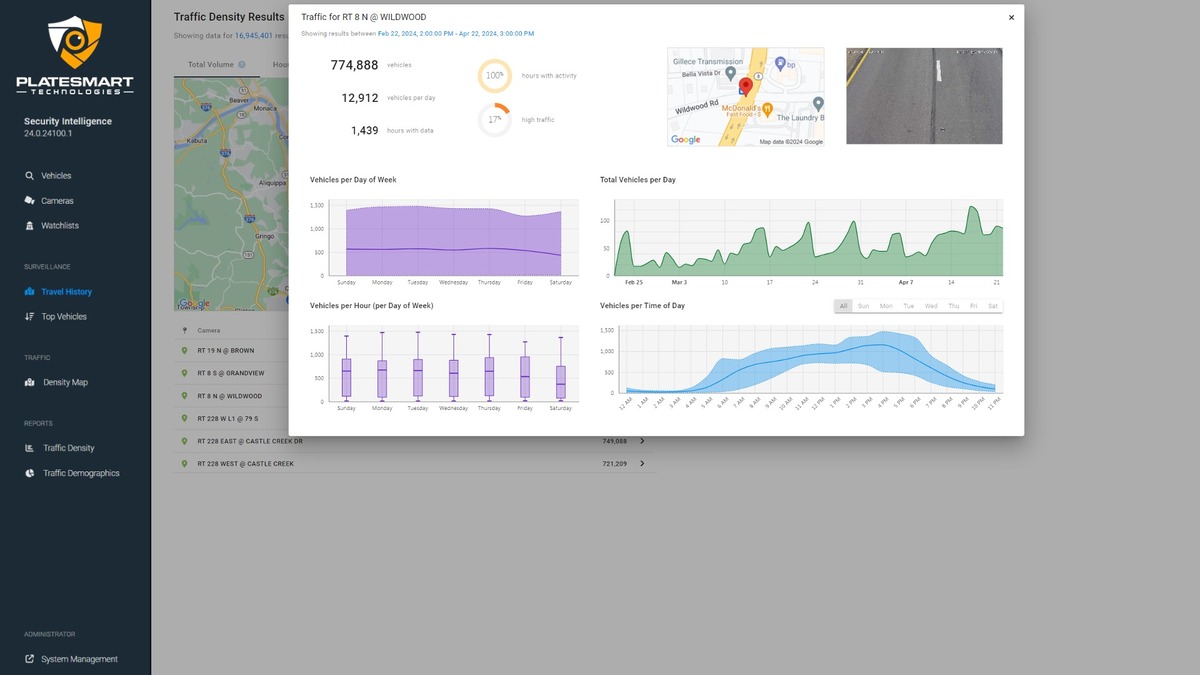
With Rachel's relentless working on the data collected, LPR technology is not just observing but foreseeing, turning it into the oracle of urban planning. By leveraging historical and real-time data, these advanced analytics can anticipate traffic patterns, predict peak congestion times, and identify potential security threats before they materialize.
This capability enables planners and law enforcement to deploy resources not just on demand but in anticipation, making strategic decisions that keep cities running smoothly. It's like playing chess with a grandmaster's foresight, always staying several moves ahead.
Smart City Integration

Smart City Integration leverages automatic number-plate recognition technology to synchronize various urban systems, creating a cohesive and intelligent urban infrastructure. By integrating ALPR with traffic lights, public transport networks, and emergency services, cities can optimize traffic flow, reduce congestion, and enhance public safety.
This interconnected approach ensures that information from ALPR systems aids in real-time decision-making across different city departments, enabling more coordinated responses to everyday challenges and emergencies.
For instance, in the event of an accident, license plate reader data can help reroute traffic dynamically, while also alerting emergency services with precise location details. LPR in smart cities is like giving the urban grid a brain transplant—suddenly, everything's connected and a lot smarter, helping to sculpt cities that are not only livable but lovable.
8. How to Choose the Right LPR System
TOP 10 QUESTIONS TO ASK WHEN EVALUATING LPR VENDORS: A COMPLETE BUYER'S GUIDE
Looking to invest in LPR? Don't choose an LPR Vendor before asking these 10 essential questions. Make an informed decision and avoid costly mistakes.
Key Factors to Consider When Selecting an LPR System
Choosing the right LPR system is like picking the perfect pair of shoes—it needs to fit just right. Here are some factors to consider:
- Clearly Define your Goals: LPR systems create a mountain of data. Make sure to identify what specific outcomes you need the data to deliver and in what formats.
- Vendor Reputation: Research the vendor’s track record, customer reviews, and needed compliance and certifications.
- Vendor Specialty: Understand if your vendor is a hardware, often times proprietary, and software provider or if they are a software-only solution provider.
- Accuracy: Look for a system that delivers accurate results for each relevant data point, even in challenging conditions. Make sure the data points are relevant to your goals.
- Performance: Consider the speed and efficiency of data processing and analysis as it relates to the features/functions relevant to your goals.
- Scalability: Ensure the system can grow and adapt to future needs.
- Integration: Check compatibility with existing physical infrastructure, think cameras, and other technologies/software, think video management systems.
- Customization: Identify if your organization will need custom features and functions. Select a vendor that will be a true partner that is able and willing to create the custom feature/function. Lastly, Quantify what that customization effort will cost in terms of time and effort.
- Cost: Weigh the total cost of ownership, including initial investment and ongoing expenses.
- Support and Maintenance: Evaluate the availability of technical support and maintenance services.
Implementation and Deployment Best Practices
The implementation of an LPR solution is a project that often involves several teams, both internal and external. As with any project, the success of the project hinges on a clearly defined set of goals, a clear implementation plan, and consistent communication along the way. To ensure a successful LPR system implementation and deployment, follow these best practices:
- Planning: Develop a comprehensive implementation plan with clear goals and timelines.
- Site Assessment: Conduct a thorough site assessment to determine optimal camera placement.
- Testing: Test the system thoroughly in stages and as a whole to ensure accuracy and performance. Once the system meets the testing criteria, then the system can be moved to be “in production.”
- Training: Provide training for personnel to ensure they are familiar with system operation and maintenance.
- Monitoring: Continuously monitor system performance and make adjustments as needed. Because an LPR solution includes hardware in the field and software that recognizes data of vehicles in “the wild” there are many variables and conditions that change constantly. Monitor consistently and be prepared to dedicate budget and resources towards ongoing maintenance.

